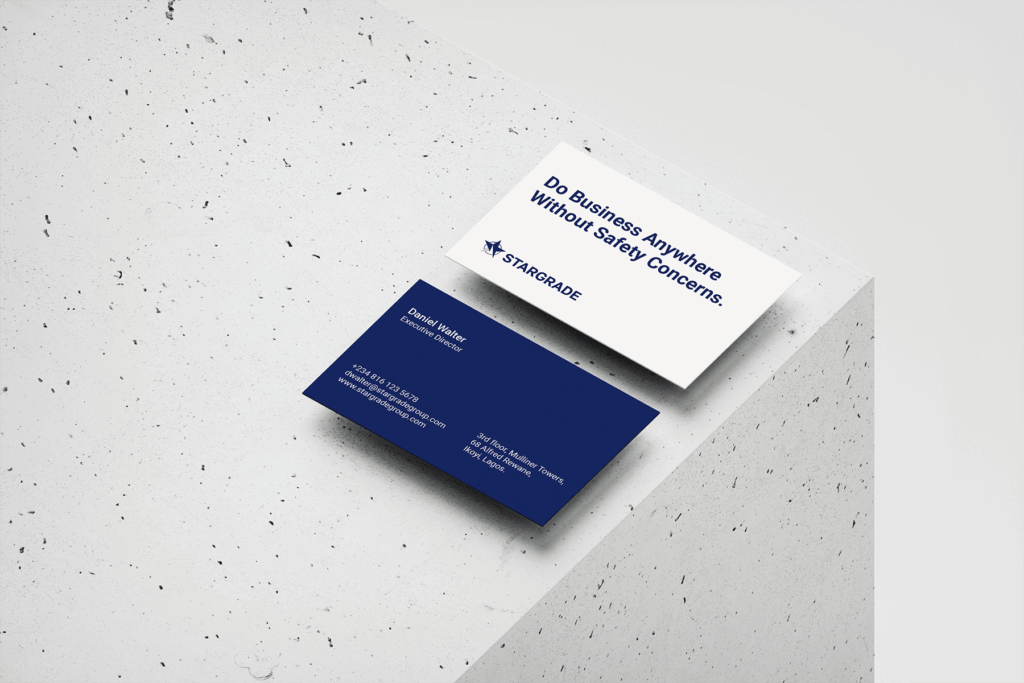Brand Refresh: The Strategic Guide to Keeping Your Business Relevant

Every business goes through different phases and market shifts. The branding that resonated with customers five years ago might fall flat today. Your audience is aging, new generations are emerging, and cultural expectations are shifting. This is why businesses periodically need to refresh their brand identity, messaging, and customer experience—because what made sense to one generation might not make sense to the next.
What Is a Brand Refresh?
A brand refresh is a strategic update to your brand’s visual identity, messaging, or positioning to keep it relevant and competitive. Unlike a complete rebrand—where you might change your name, completely overhaul your logo, or pivot your entire business direction—a refresh preserves your core identity while modernising key elements.
Think of it as renovation rather than demolition. You’re updating the fixtures, repainting the walls, and improving the layout, but the foundation remains the same.
A brand refresh might include:
- Updating your logo design or colour palette
- Refining your brand voice and messaging
- Redesigning your website or packaging
- Modernising your visual style and imagery
- Adjusting your positioning to reflect market changes
Take MasterCard, for example. In 2016, the financial services giant simplified its iconic overlapping circles logo, removing the “MasterCard” text that had appeared across the circles since 1990. By 2019, they went even further, dropping the word-mark entirely in some contexts. Why? Because in an increasingly digital world where logos appear on tiny mobile screens and smartwatches, the intersecting red and yellow circles had become recognisable enough on their own. The refresh maintained their heritage while adapting to how modern consumers interact with brands.

Why Brand Refreshes Matter
Staying Culturally Relevant
Culture moves fast. Language evolves, design trends shift, and what felt cutting-edge five years ago can feel dated today. A brand that doesn’t evolve with cultural currents risks appearing out of touch or, worse, irrelevant to the very customers it’s trying to reach.
Reaching New Audiences
As your business grows, your audience may expand beyond your original customer base. A brand that spoke perfectly to millennials in 2010 might miss the mark with Gen Z in 2025. Each generation has different values, communication preferences, and visual sensibilities. Your brand needs to speak their language.
Reflecting Business Evolution
Companies don’t stand still. You’ve likely added new products, entered new markets, or shifted your service offerings since you first launched. Your brand should reflect who you are today, not who you were at inception. When there’s a disconnect between your brand presentation and your actual capabilities, you confuse potential customers and limit growth.
Competitive Differentiation
Markets become crowded. Competitors emerge with fresh, modern branding that makes established players look stale by comparison. A refresh helps you reclaim visual and conceptual territory, ensuring you stand out rather than blend into the background.
Digital Optimisation
The way people interact with brands has fundamentally changed. Your logo needs to work in smaller mobile devices like the apple watch, your messaging needs to be easy to read at a glance on mobile devices, and your visual identity needs to translate across dozens of digital touch-points. Many older brands were designed for print and physical spaces—they need updating for digital-first engagement.
Signs It’s Time for a Brand Refresh
Your Design Feels Dated
If your brand looks like it belongs in a different decade, customers notice. Dated design signals that your business might be behind the times in other ways too—your processes, your technology, your thinking. Visual staleness becomes a proxy for business staleness.
Your Audience Has Changed
Perhaps you’ve moved upmarket, or you’re now targeting enterprise clients instead of consumers. Maybe you’ve expanded internationally or pivoted to serve a younger demographic. When your customer base shifts significantly, your brand needs to shift with it.
You’ve Outgrown Your Original Identity
The initial logo looks scrappy startup which had it’s charm but now you’re an established player and your brand needs to reflect your maturity, credibility, and scale.
Competitors Are Outshining You
If newer competitors or recently refreshed rivals make your brand look tired, you’re losing ground in the court of public perception. First impressions matter, and if your brand makes a weaker visual impact, you’re starting every customer interaction at a disadvantage.
Your Message No Longer Fits
Perhaps your original tagline focused on being “affordable” but now you’re positioned as a premium provider. Or your messaging emphasised speed when quality and craftsmanship are now your differentiators. Misaligned messaging confuses customers and dilutes your positioning.
Digital Performance Is Suffering
If your website has high bounce rates, low engagement, or poor mobile performance, your brand presentation might be part of the problem. Modern users expect modern experiences.
When NOT to Refresh Your Brand
A brand refresh isn’t always the answer. Avoid refreshing when:
You’re chasing trends blindly: Jumping on every design trend creates instability. Brands need consistency over time to build recognition.
You’re trying to fix deeper problems: If your product is poor, your service is lacking, or your business model is broken, a new logo won’t save you. Fix the fundamentals first.
You haven’t given your current brand time: Brand recognition takes time. If you’ve only had your current identity for a year or two, the problem might not be the brand itself but inadequate marketing or distribution.
You’re reacting to personal preference: Just because the CEO or someone on the board is tired of the logo doesn’t mean the customers are. Make decisions based on strategy and data, not individual taste.
The Right Way to Approach a Brand Refresh
Start with Strategy, Not Design
Before touching any visual elements, clarify your strategic positioning. Who are you serving? What makes you different? What do you want to be known for? Design should express strategy, not drive it.
In the Stargrade refresh, the process began with identifying the core client concern—safety while conducting business globally. The positioning statement “Do business anywhere without safety concerns” became the strategic foundation. Only after establishing this clarity did the design work begin, ensuring every visual element served the strategy rather than existing for aesthetic purposes alone.

Preserve What’s Working
Your existing brand likely has equity—recognition, associations, and goodwill built over time. Identify what elements are strongest and preserve them. Evolution works better than revolution.
With Stargrade we demonstrated this principle by retaining select graphic elements from their original logo—the star and circular motifs—as a foundation for the new design. This preserved brand recognition with existing clients while allowing the refresh to elevate the overall presentation. Clients saw evolution, not abandonment of what they already knew.


Test with Real Audiences
Don’t make decisions in a vacuum. Test your refreshed elements with actual customers and prospects. Their perceptions matter more than internal opinions.
Plan a Thoughtful Rollout
A brand refresh requires coordination across every customer touchpoint—website, social media, packaging, signage, business cards, email signatures, and more. Create a comprehensive transition plan.
Communicate the Change
Tell your story. Explain to existing customers why you’re evolving. When handled well, a refresh can be a PR opportunity that generates attention and reinforces your commitment to staying relevant.
Final thoughts
Heritage is valuable, but relevance is essential. The businesses that thrive over decades are those that honour their roots while adapting to their present. A well-executed brand refresh demonstrates that you’re paying attention—to your customers, to your market, and to the changing world around you.
The question isn’t whether your brand will eventually need refreshing. It’s whether you’ll refresh proactively, from a position of strength, or reactively, after you’ve already lost ground. The best time to refresh is when you see the signs but before you feel the pain.
Your brand should be a bridge between who you’ve been and who you’re becoming. Build it strong, but keep it flexible enough to carry you into the future.